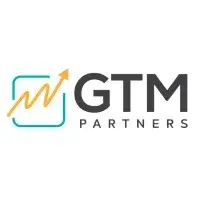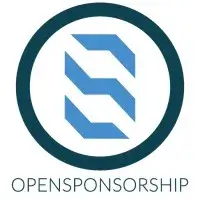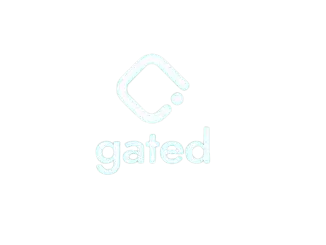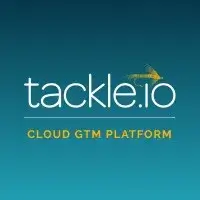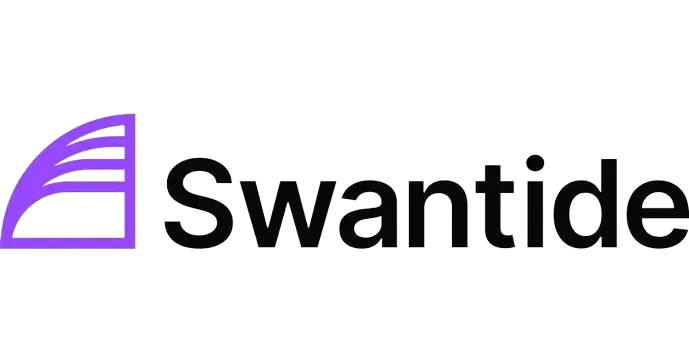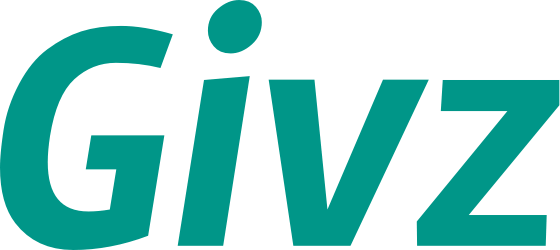Ready to build your own Founder-Led Growth engine? Book a Strategy Call
Frontlines.io | Where B2B Founders Talk GTM.
Strategic Communications Advisory For Visionary Founders
Actionable
Takeaways
Focus on data quality over feature quantity:
Rush emphasized that their breakthrough came when they realized "the moat wasn't in the personalization. The moat was actually being able to predict who is the right account to reach to, who are the right people to reach out to." Rather than competing on email generation features, Persana built their competitive advantage around superior data aggregation and intelligent prospect identification. B2B founders should prioritize building defensible moats around data quality and prediction accuracy rather than adding more surface-level features.
Scale existing sales motions rather than replacing them:
Persana takes a fundamentally different approach from typical AI SDR tools by focusing on amplifying what already works. As Rush explained, "We take your existing team's motion and then scale that to what you would have a team of 20 do." This approach preserves the human expertise and proven processes while automating the execution at scale. B2B founders should design AI tools that enhance and scale proven human workflows rather than attempting to replace them entirely.
Build win-win partnership ecosystems:
Persana's growth has been largely driven by strategic partnerships with data providers, where both sides benefit from the relationship. Rush noted, "You gotta think about how do you actually help your revenue, but you want to make sure they are getting the benefit of also being on Persana. We're giving them that visibility." Rather than viewing data providers as vendors, they created a partner ecosystem where each provider gains distribution and visibility through the Persana platform. B2B founders should structure partnerships as mutual value creation rather than transactional relationships.
Leverage reinforcement learning for company-specific AI models:
Unlike generic AI tools, Persana builds customized models for each client through reinforcement learning. Rush explained, "Through reinforcement learning we're actually able to take that data in. And as you continue using Persana, the more emails you send, the more outreach data we have... we're able to capture that data, make sense of it just for your company." This creates increasing value over time and stronger customer lock-in. B2B founders should consider how their AI tools can learn and adapt specifically to each customer's unique context and data patterns.
Use community and social proof for organic growth:
Persana has built a 6,000-person Slack community and leverages customer-generated content for growth. Rush noted, "There's some people that have made courses on how to use Persana that drives tons of traffic. So just building that organic ecosystem." They also created a certification program for GTM advisors who can sell Persana to their clients. B2B founders should invest in community building and enable customers to become advocates and educators for their platform.
Conversation
Highlights
Persana AI is an agentic platform that helps B2B teams move faster and close more deals by automating the most complex parts of go-to-market execution. Persana connects and reasons over hundreds of fragmented data sources — like CRMs, enrichment tools, hiring signals, and intent data — and uses LLM-powered agents to automate workflows such as prospecting, lead scoring, and sales outreach. What used to take sales and marketing teams weeks of manual work now happens in seconds, helping teams turn insights into action and convert pipeline faster.
From LinkedIn’s Search Platform to AI Go-to-Market Orchestration: Persana AI’s Journey to $2.3M
Most B2B founders stumble into their biggest breakthrough by accident. For Rush Shahani, co-founder and CTO of Persana AI, who is also the author of the upcoming book “LLM Reliability” with Manning Publications, where he shares practical strategies for making large language models dependable in real-world use cases, from reducing hallucinations to improving execution accuracy — that moment came during Y Combinator when customers started getting more excited about the data powering their AI emails than the emails themselves.
In a recent episode of Category Visionaries, Rush shared how Persana AI evolved from a simple email personalization tool to a comprehensive B2B go-to-market orchestration platform that’s raised $2.3 million in funding. Their journey reveals critical insights about finding your true competitive moat and the power of following customer excitement over original assumptions.
The LinkedIn Origins That Shaped Everything
Persana AI’s story begins at LinkedIn, where Rush and his co-founder witnessed firsthand the challenges of managing fragmented data sources. “I was a tech lead on the search platform there. So really kind of being able to rank profiles, figuring out who are the best people to reach out to. And my co founder is actually on the customer data side,” Rush explains.
This experience exposed them to a massive pain point that would later define their company: “We saw this massive pain point where teams were struggling managing tons of different data sources and not being able to actually take action on them. And they needed large teams of data sciences to actually make sense of the data and help in converting. They were just boggled with so many spreadsheets, CRM data, different systems, permographic data, job boards, and it was just in different dashboards.”
The problem was clear, but the solution wouldn’t become obvious until much later.
The Email Personalization Trap
Like many AI startups in 2023, Persana AI launched with what seemed like a straightforward value proposition: personalized email generation using fine-tuned language models. “We started building personalized fine tuned models for teams where they could generate sales emails that were converting and people were super happy to pay for that because it was something new and something that they really saw taking a bunch of time,” Rush recalls.
The timing seemed perfect. ChatGPT had just launched, and B2B teams were eager to experiment with AI-powered sales tools. Customers were willing to pay for email personalization because it addressed an immediate, time-consuming pain point.
But during their Y Combinator batch, Rush and his team discovered something that would completely reshape their understanding of their market opportunity.
The Pivot That Changed Everything
The breakthrough came when Rush realized their customers’ true excitement wasn’t where they expected it to be. “We quickly realized that the mode wasn’t in the personalization. The mode was actually being able to predict who is the right account reach to, who are the right people to reach out to and being able to build that customized layer for a company.”
This insight fundamentally shifted Persana’s approach from competing on email generation features to building something far more defensible: predictive prospect identification powered by unified data sources.
“The moment we realized that, which was pretty quick during YC, I feel like that’s the advantage of YC. You know, you get to quickly get your product in the hands of users. We quickly realize that it’s not just about the emails, but it’s actually about the data that goes in,” Rush explains.
Building Company-Specific AI Models
What sets Persana apart from typical AI SDR tools is their approach to building customized AI models for each customer. Rather than deploying generic automation, they create company-specific intelligence that improves with usage.
“We built Ad Persona. We have fine tuned embeddings for your company because each company sells to different businesses and through reinforcement learning we’re actually able to take that data in. And as you continue Using Persona, the more emails you send, the more outreach data we have, or even inbound data as well, like people visiting your website, we’re able to capture that data, make sense of it just for your company,” Rush describes.
This approach creates what Rush calls “a customized AI model that’s working for your company,” which becomes more valuable over time as it learns from each customer’s unique sales patterns and outcomes.
The Anti-AI SDR Positioning
One of Persana’s most strategic decisions was to position themselves against the growing negative perception of AI SDR tools. Rush acknowledges this challenge directly: “I think that’s the stance we take really strongly, actually. And a bunch of our customers come from having tried these AI SDRs. And it just hasn’t been working for them all.”
Instead of automating away sales teams, Persana focuses on amplification. “We really take a strong stance on this is that we take your team sales motion and scale. We take your existing team’s motion and then scale that to like what you would have a team of 20 kind of do. We can let our AI take that,” Rush explains.
This positioning resonates strongly with customers who’ve been burned by generic AI tools that promise automation but deliver poor results.
The Partnership Ecosystem Strategy
A significant portion of Persana’s growth has come through strategic partnerships with data providers, creating what Rush describes as a win-win ecosystem. “We partner with all these amazing data sources to have them on our platform. They get access to the Persona ecosystem. It’s been super powerful.”
Rather than viewing data providers as simple vendors, Persana created a partnership model where both sides benefit. “You gotta think about, like, how do you actually, for your revenue, you want to make sure, like, they are getting the benefit of also being on Persona. We’re giving them that visibility,” Rush notes.
This approach has allowed Persana to offer customers access to premium data sources while replacing what Rush says can be “more than 25 subscriptions” with a single orchestration platform.
Community-Driven Growth
Persana has built a 6,000-person Slack community that serves as both a growth engine and product feedback loop. “We have like a slack community, I believe we have around like 6,000 people on there, sales professionals so they can share their insights, stuff like that. Our community has really actually helped us a lot grow as well as partnerships,” Rush explains.
The community approach extends beyond just gathering users. “There’s some people that have even made courses on like how to use Prasad that drives tons of traffic. So just kind of building that organic ecosystem,” Rush notes, highlighting how customer advocacy can become a powerful distribution channel.
Focusing on Outcomes Over Features
Perhaps one of the most important lessons from Persana’s journey is their focus on outcomes rather than feature competition. “I’d say like to any kind of new founder or company kind of just starting out, really think about the outcome that you’re providing versus like the features. So that’s the way we like to think about. It’s not about the hundreds of different features we have, but the outcome,” Rush advises.
For Persana, that primary outcome is clear: “The main outcome for us is giving you more qualified, making sure you’re able to reach out to people that are qualified in market and you know, are going to close.”
This outcome-focused approach extends to their pricing model, which Rush describes as “more like a usage based model” tied to the number of qualified leads customers want to reach.
The Operating System Vision
Looking ahead, Rush envisions Persana becoming “this like B2B orchestration layer” that serves as the operating system for go-to-market processes. “No matter what your business problem is in closing deals and closing sales and attracting customers, we want to be the operating system for that.”
The vision extends beyond simple automation to predictive intelligence. “No matter the question, right, Whether it’s like, why are my sales plummeting this month, maybe I should take this action. That recommendation should be coming from Persona and it should be sort of like a one click action for the human,” Rush explains.
This ambitious vision positions Persana to become increasingly valuable as the complexity of B2B go-to-market operations continues to grow.
Lessons for B2B Founders
Persana AI’s journey offers several critical lessons for B2B founders building in the AI space:
First, follow customer excitement over original assumptions. Rush’s willingness to recognize that customers were more excited about data insights than email generation led to a fundamental pivot that defined their competitive advantage.
Second, build defensible moats around data and prediction rather than features. While competitors focus on email generation capabilities, Persana built their advantage around superior prospect identification and unified data orchestration.
Third, consider amplification over automation. Rather than trying to replace human workflows, Persana’s approach of scaling existing successful motions resonates more strongly with sophisticated buyers.
Finally, create win-win partnership ecosystems rather than simple vendor relationships. Persana’s approach to data partnerships has become a significant growth driver while providing genuine value to all participants.
As AI continues to reshape B2B go-to-market processes, Persana AI’s journey demonstrates that the biggest opportunities often lie not in automating existing workflows, but in fundamentally reimagining how companies identify, reach, and convert their ideal customers.








